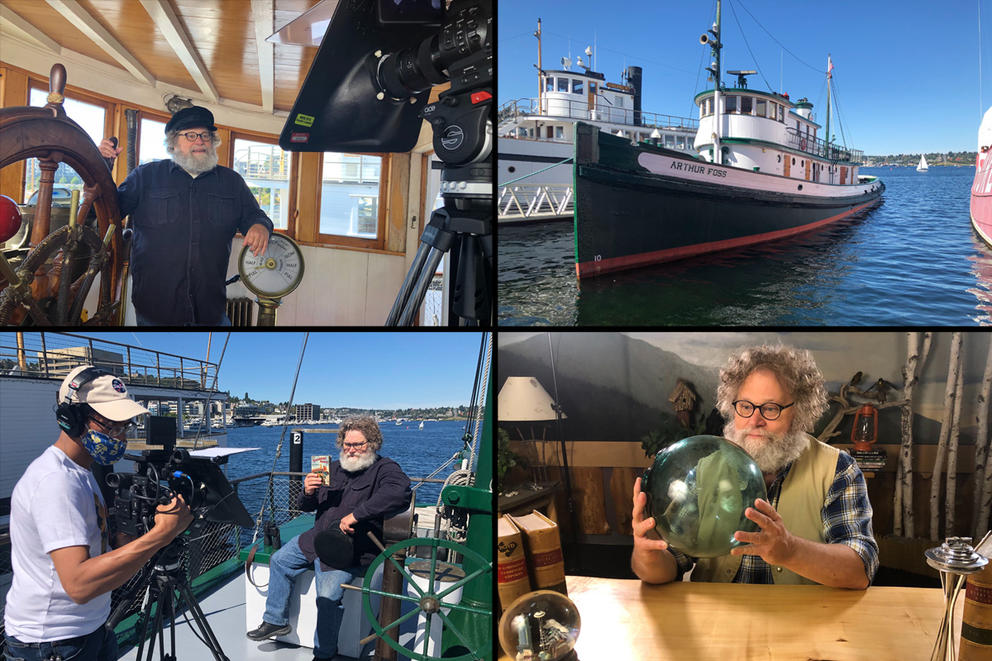Many of us in the Northwest are rather waterlogged, but the moss here does grow everywhere, on roofs, walkways, even on cars if you leave them out in the rain. In the late 19th century, newcomers applied “mossback” to Northwest settlers. The old-timers considered it an insult. As someone born and raised in the region, I decided to reclaim the epithet as a point of pride, not derision, and focus my work on Northwest history and trying to explain the present with a view to the past.
Love hearing from Mossback? Become a member today to get his weekly newsletter!
Moss — actual moss — is amazing. The plant ecologist Robin Wall Kimmerer wrote a terrific book about it, which won the Burroughs Medal in 2005: Gathering Moss: A Natural and Cultural History of Mosses. She noted that they are ideally adapted to soak up water, but also incredibly resilient during long dry spells. They can make it on both the wet and dry sides of the Cascades and that they can be notoriously place-bound, hard to transplant. “Mosses have an intense bond to their places that few contemporary humans can understand. They must be born in a place to flourish there,” she wrote.
People are much more adaptable. In my view, you don’t have to be born here to claim it or to feel at home. My idea is that if you come here, live here and love the place, if you put down roots and let this place shape who you are, you can claim “mossback” status. Live here for any length of time and you might even become habitat for new moss! If you think you might be a mossback, if, for example, sunshine makes you crave rain, I think this video will help explain why.
Exploring our history — the good and the bad — is a major part of my Mossback beat, whether writing for Crosscut or doing the Mossback’s Northwest video series for KCTS 9. People who have lived here for a while hunger to know more about the past, while newcomers often wonder why some aspects of our history are not more widely known or discussed. I try to find stories that help us probe regional heritage and identity. Much of what I do is fueled by comments and questions raised by people I meet, readers and viewers. Northwest author Timothy Egan once called me “the Wet Side Google,” and while I make no such claims for myself, I am enlivened by collective curiosity.
Last week, we launched a new weekly newsletter called The Mossback’s Den to keep readers and viewers up to date on what I’m doing in my mossy explorations. It’ll answer some questions, dive a little deeper into regional history or the background of stories I’m telling, and give sneak previews of Mossy programming to come. We just started shooting Season 4 of the Mossback’s Northwest TV series, by the way, which will start airing later this year. I hope the newsletter can become a kind of meeting place for those of us who want to explore how the past can inform the present.
The Mossback Den newsletter is a Crosscut and KCTS 9 member exclusive. Become a member (and enjoy even more member benefits) for just $5 a month or $60 a year.


